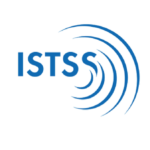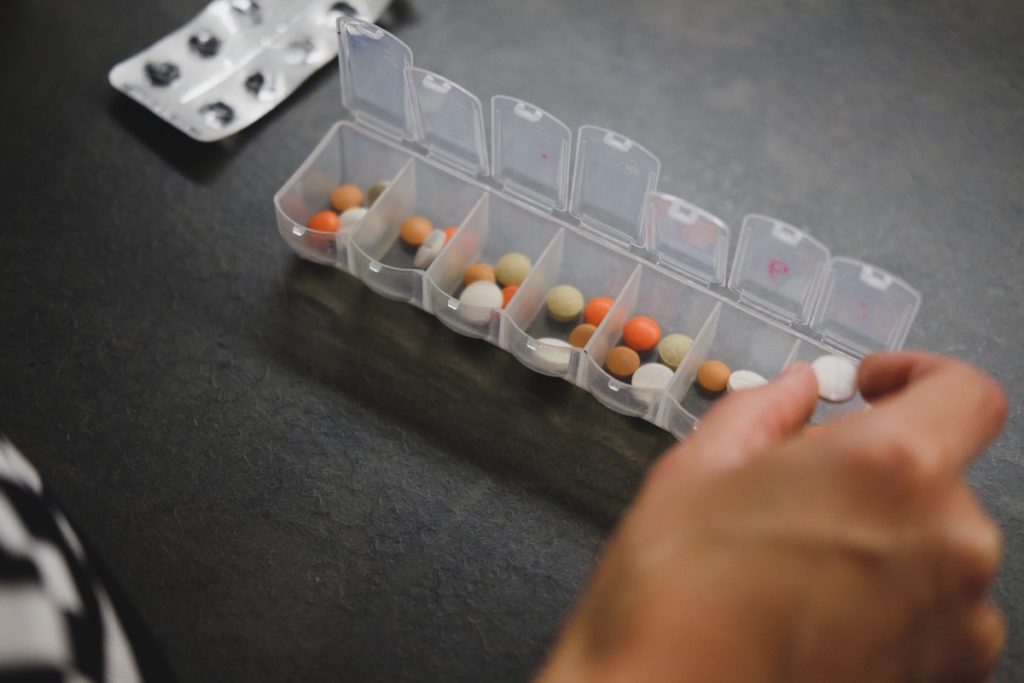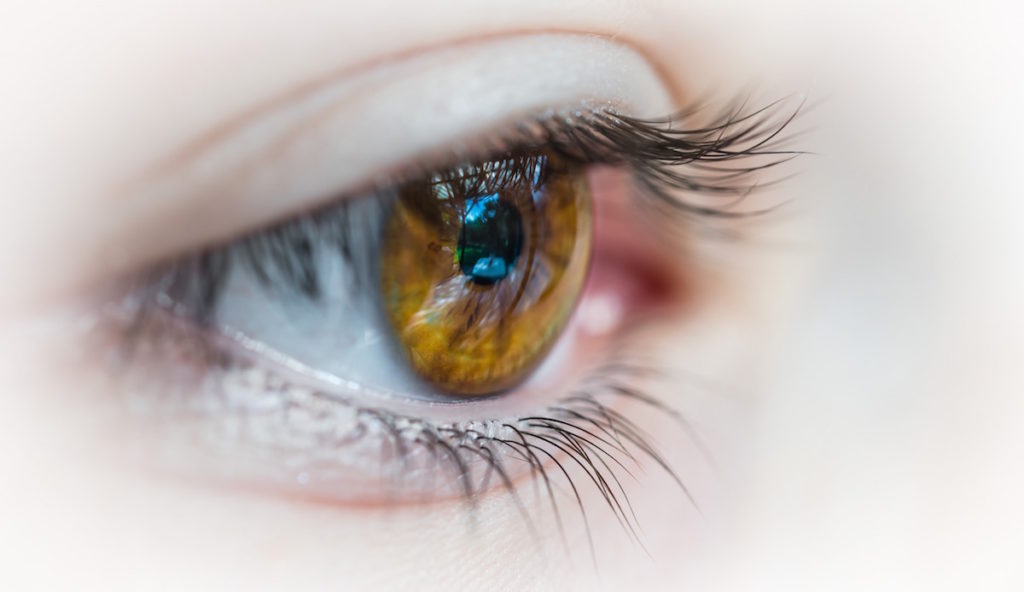
Since Post-traumatic Stress Disorder’s (PTSD) inclusion in the Diagnostic and Statistical Manual of Mental Disorders (DSM) in 1980 (American Psychiatric Association, 1980) it has undergone various revisions. While there are a number of differences between the current iterations of the DSM-5 (APA, 2013) and the World Health Organisation’s International Classification of Diseases (ICD-11; WHO, 2018), the definitions share some core symptoms.
These include:
- Re-experiencing the traumatic events (e.g. through nightmares or flashbacks)
- Avoidance of things that are associated with the traumatic events (e.g. conversations, people, places, thoughts)
- Hyperarousal (e.g. being more jumpy or being hypervigilant).
Approximately 16% of children and young people exposed to potentially traumatic events will develop PTSD, according to the most robust estimates from a meta-analysis (Alisic et al., 2014). This can be hugely distressing and debilitating for those affected.
Treatment guidelines play a crucial role in ensuring that children and young people receive evidence-based interventions, as they collate the relevant literature in order to assess which services and interventions are likely to be most effective.
There has been a great deal of research published since the International Society for Traumatic Stress Studies’ (ISTSS) previous guidelines in 2010, and so the new guidelines are a valuable addition to the various guidelines available.
Methods
In order to produce recommendations for the treatment of PTSD, the ISTSS conducted a systematic review and meta-analysis of the current literature. Interventions supported by studies of sufficient quality and which showed sufficient change in PTSD symptoms were considered ‘clinically important’. Recommendations were made based on this analysis of the evidence. The specific methodology is described in more detail in the guidelines which are freely available online.

Based on results from a systematic review and meta-analysis of the current literature, the ISTSS has made recommendations for the treatment of PTSD in children and young people.
Results
It’s difficult to know exactly what to make of the recommendations without knowing exactly what evidence they considered and how it was analysed. This will be published soon, although ISTSS members can access this information already.
Early preventative interventions
(for anyone exposed to potentially traumatic events or those who have had some screening and assessed at being at risk, within three months of the potentially traumatic events)
- The committee determined that there was ‘emerging evidence’ that self-directed online psychoeducation for caregivers and children, or just children, might prevent PTSD symptoms.
- The committee also stated that there was emerging evidence not to recommend individual psychological debriefing.
- Finally, the committee concluded that there is currently insufficient evidence to recommend brief CBT with a trauma focus (CBT-T) or self-directed online psychoeducation for caregivers only.
However, the ISTSS does suggest that psychoeducation for children and young people might prevent the development of PTSD. The evidence is apparently restricted to ‘on-line’ and ‘self-directed’ psychoeducation, however it is unclear whether those are important aspects for effectiveness.
Notably, the ISTSS committee came to different conclusions to the committee of the National Institute for Health and Care Excellence (NICE) in England and Wales, which did not consider the current evidence to be strong enough to recommend psychoeducation (NICE, 2018). Unlike ISTSS, NICE did recommend CBT with a trauma focus (NICE used the term ‘TF- CBT’ to mean the same group of interventions) even in the first month. While it is unlikely that children and young people would be offered a course of TF-CBT in the UK in the first month after a traumatic event, the ISTSS recommendation for psychoeducation is an interesting one that could have an impact on practice. Until the actual evidence base is published, it is difficult to know what led the two committees to reach different conclusions.
However, both the ISTSS and NICE committees agreed on the evidence concerning psychological debriefing; both made a recommendation NOT to offer it. Although in the adult arena there is often a lively debate about psychological debriefing, the recommendation not to offer it to children and young people should be relatively uncontentious. Even advocates of debriefing, who may consider the evidence that indicates it might be harmful to be invalid, would be aware that debriefing was never intended for ‘primary victims’, but for staff whose work brought them into contact with those directly affected (Mitchell & Everly, 1997).

Both the ISTSS and NICE committees agreed on the evidence concerning psychological debriefing – both made a recommendation NOT to offer it.
Early treatment interventions
The ISTSS committee found insufficient evidence to recommend any intervention within the first three months of a traumatic event for children and young people. This differs from the ISTSS recommendation for adults, and also differs from NICE who recommended CBT-T even in the first three months for children and young people. NICE came to its recommendation (which was a mild “consider” recommendation rather than a strong “offer” recommendation) by extrapolating from the evidence supporting CBT-T for children and young people after 3 months (and earlier for adults) combined with the committee’s experience.

The ISTSS committee found insufficient evidence to recommend any intervention within the first three months of a traumatic event for children and young people.
Psychological treatment
The ISTSS committee made a strong recommendation for CBT-T (for both caregiver and child, or just the child) and for EMDR. The committee also concluded that there was emerging evidence for Group CBT-T (child), Group Psychoeducation, and Parent-child Relationship Enhancement. There was insufficient evidence to recommend other treatments, including KidNET.
As some would consider KidNET to be a form of CBT-T, this is an interesting conclusion. Again, it will be important to see exactly what evidence was considered and how it was analysed to understand the rationale for this conclusion. The fact that EMDR is recommended by ISTSS on a par with CBT-T is particularly striking, as this differs from other guidelines. NICE found the evidence for EMDR to be less convincing and so only recommended it as a second-line intervention after CBT-T. The Australian treatment guidelines (Phoenix Australia – Centre for Posttraumatic Mental Health, 2013) also do not recommend EMDR for children and young people. One explanation might be that the ISTSS committee’s methodology or time-frame meant that they included different studies. The literature is growing at such a pace that where you draw your cut-off date for studies can make important differences. There will be more clarity once the data is published.
Pharmacological treatment
The ISTSS committee found insufficient evidence to recommend pharmacological treatment of children and young people with PTSD. This is consistent with other guidelines concerning the treatment of children and young people. But the ISTSS, NICE and the Australian Guidelines do make some guarded recommendations concerning pharmacological treatment for adults.
Early pharmacological intervention
The ISTSS committee concluded that there was insufficient evidence to recommend any pharmacological intervention within the first three months of a traumatic event to prevent PTSD symptoms. This is unsurprising and presumably uncontroversial given that other guidelines have come to the same conclusion.
Non-psychological and non-pharmacological treatment
The committee found insufficient evidence to recommend any other treatments.

The ISTSS committee found insufficient evidence to recommend pharmacological treatment of children and young people with PTSD.
Conclusions
The ISTSS updated guidelines are broadly in line with guidelines published in England and Australia, in that CBT with a trauma focus (CBT-T) is recommended for the treatment of PTSD in children and young people.
The most notable difference between ISTSS and NICE guidelines is that EMDR is recommended by ISTSS on an equal footing with CBT-T, whereas NICE recommended it as a 2nd line intervention if CBT-T is not effective.
In conclusion, there is emerging evidence for some forms of psycho-education to prevent the development of PTSD. This will be reassuring for many practitioners and will hopefully prompt further research in this area.

The most notable difference between ISTSS and NICE guidelines for the treatment of PTSD in children and young people is that EMDR is recommended by ISTSS on an equal footing with CBT-T, whereas NICE recommended it as a 2nd line intervention if CBT-T is not effective.
Strengths and limitations
It is difficult to comment on the strengths and limitations of the new ISTSS guidelines until the full document is published, alongside the results of the meta-analysis, so that the quality of the synthesised evidence and the analysis can be examined. Until these are available, implications for practice cannot be discussed.
Statement of interests
David was on the committee responsible for the revision of the NICE guidelines in 2018.
Links
Primary paper
ISTSS (2019) Posttraumatic Stress Disorder Prevention and Treatment Guidelines Methodology and Recommendations (PDF). International Society for Traumatic Stress Studies, March 2019.
Other references
Alisic, E., Zalta, A. K., Van Wesel, F., Larsen, S. E., Hafstad, G. S., Hassanpour, K., Smid, G. E. (2014). Rates of post-traumatic stress disorder in trauma-exposed children and adolescents: meta-analysis. The British Journal of Psychiatry, 204(5), 335-340.
American Psychiatric Association. (1980). Diagnostic and statistical manual of mental disorders, third edition. Washington, DC: Author
American Psychiatric Association. (2013). Diagnostic and statistical manual of mental disorders 5th ed: (DSM-5). Washington, DC: Author.
Mitchell, J. T., & Everly, G. S. (1997). Critical incident stress debriefing (CISD). An Operations Manual for the Prevention of Traumatic Stress Among Emergency Service and Disaster Workers. Second Edition, Revised. Ellicott City: Chevron Publishing Corporation.
National Institute for Health and Care Excellence (2018). Post- traumatic stress disorder. NG 116.
Phoenix Australia – Centre for Posttraumatic Mental Health (2013) Australian Guidelines for the Treatment of Acute Stress Disorder and Posttraumatic Stress Disorder. Phoenix Australia, Melbourne, Victoria.
World Health Organization. ICD‐11 for mortality and morbidity statistics (ICD‐11 MMS) 2018 version. https://icd.who.int/browse11/l‐m/en.
Photo credits
- Photo by Andrew Neel on Unsplash
- Photo by Kai Pilger on Unsplash
- Photo by Ben Wicks on Unsplash
- Photo by Laurynas Mereckas on Unsplash
- Photo by Patrick Brinksma on Unsplash


The Youth Mental Health Project